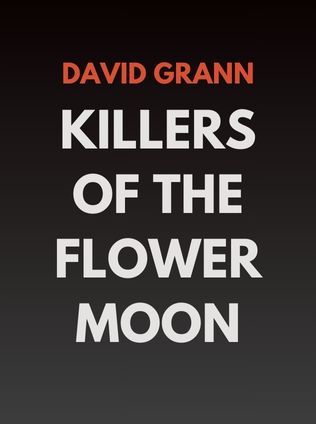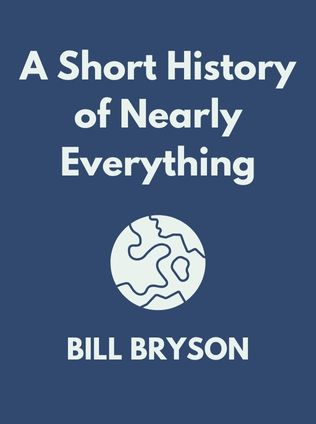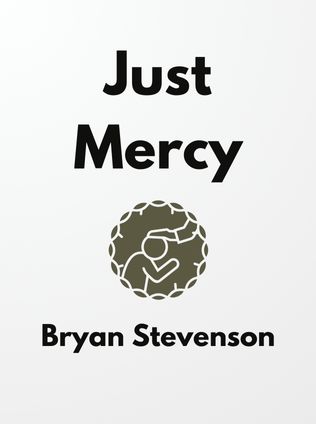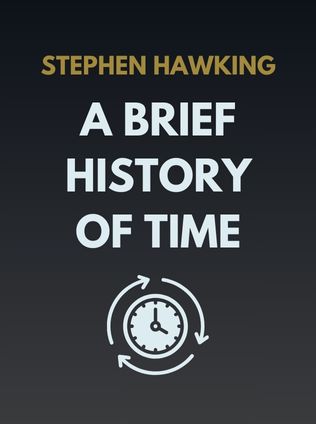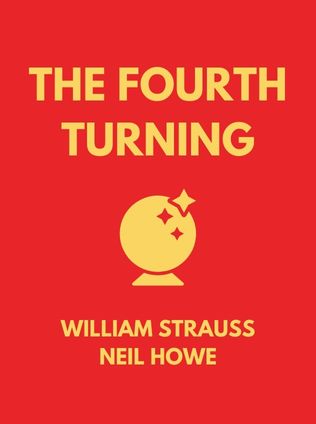
The Fourth Turning
An American Prophecy—What the Cycles of History Tell Us About America's Next Rendezvous with Destiny
By William Strauss and Neil Howe
Published 12/1996
About the Authors
William Strauss (1947–2007) and Neil Howe are the co-authors of the profound and influential book, The Fourth Turning. Strauss was an accomplished author, playwright, historian, and lecturer. He worked for the U.S. Department of Energy and the Subcommittee on Energy, Nuclear Proliferation, and Government Processes, bringing a unique blend of public service and scholarly insight to his work. His literary and historical knowledge helped shape the book's deep exploration of cyclical patterns in history.
Neil Howe is an author, consultant, and senior associate for the former Global Aging Initiative at the Center for Strategic and International Studies. With a strong background in social sciences, Howe has made significant contributions to understanding generational dynamics. His work with Strauss extends beyond The Fourth Turning, including titles such as Generations, 13th Gen, and Millennials Rising. Together, their works have sparked wide-ranging discussions on the patterns of history and the nature of societal change.
Main Idea
The Fourth Turning posits that history is not a random series of events but rather follows a predictable cyclical pattern, which the authors liken to the seasons of a year. These cycles, known as "Turnings," consist of four distinct phases: the High, the Awakening, the Unraveling, and the Crisis. Each Turning spans approximately 15-25 years, a duration that corresponds with one of four stages of a human life—childhood, young adulthood, midlife, and elderhood.
The authors argue that these cycles, collectively called a "saeculum," define the behavior and attitudes of generations as they pass through them. The First Turning, the High, is a period of strong institutions and collective confidence, while the Second Turning, the Awakening, challenges these institutions in favor of individualism. The Third Turning, the Unraveling, sees society fragmenting as institutions weaken, leading to the Fourth Turning, the Crisis, where society faces a defining upheaval that will shape the new order for the next saeculum.
Table of Contents
- Introduction to the Saeculum
- The Four Turnings Explained
- Generational Archetypes
- The American High: 1946–1964
- The Consciousness Revolution: 1964–1984
- The Culture Wars: 1984–2005
- The Fourth Turning and the Crisis Ahead
- Conclusion: Preparing for the Fourth Turning
Introduction to the Saeculum
The concept of the "saeculum" is at the heart of Strauss and Howe's theory. A saeculum represents a full cycle of the four Turnings, approximately 80-100 years in length, akin to the lifespan of a human being. The authors describe the saeculum as the natural rhythm of history, echoing the ancient Roman concept of cyclical time, where patterns repeat, though not identically, across generations.
The saeculum is neither a deterministic nor a linear progression of events; it is a blend of both. By studying past cycles, the authors suggest we can anticipate and prepare for the challenges of the future. They warn that understanding these cycles is crucial for navigating the Fourth Turning, a period of Crisis that will fundamentally reshape society. As they put it:
"History is seasonal, and winter is coming." - William Strauss and Neil Howe
The Four Turnings Explained
The First Turning: The High
The First Turning is a period of post-Crisis recovery and growth, where society comes together to build new institutions and reinforce collective values. During a High, government is strong, and public trust in institutions is high. This Turning is characterized by a sense of shared purpose, national pride, and social harmony. The economy flourishes, and inequality decreases as productivity and employment rise.
Sign up for FREE and get access to 1,400+ books summaries.
You May Also Like
Rich Dad Poor Dad
What the Rich Teach Their Kids About Money - That the Poor and Middle Class Do Not!
By Robert T. KiyosakiFreakonomics
A Rogue Economist Explores the Hidden Side of Everything
By Steven D. Levitt and Stephen J. DubnerFactfulness
Ten Reasons We're Wrong About the World – and Why Things Are Better Than You Think
By Hans Rosling











